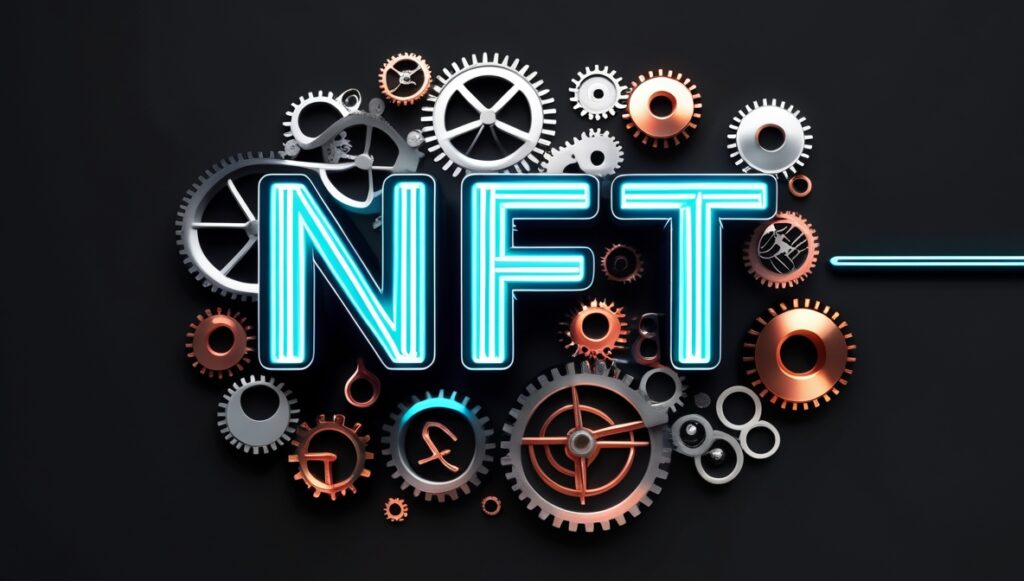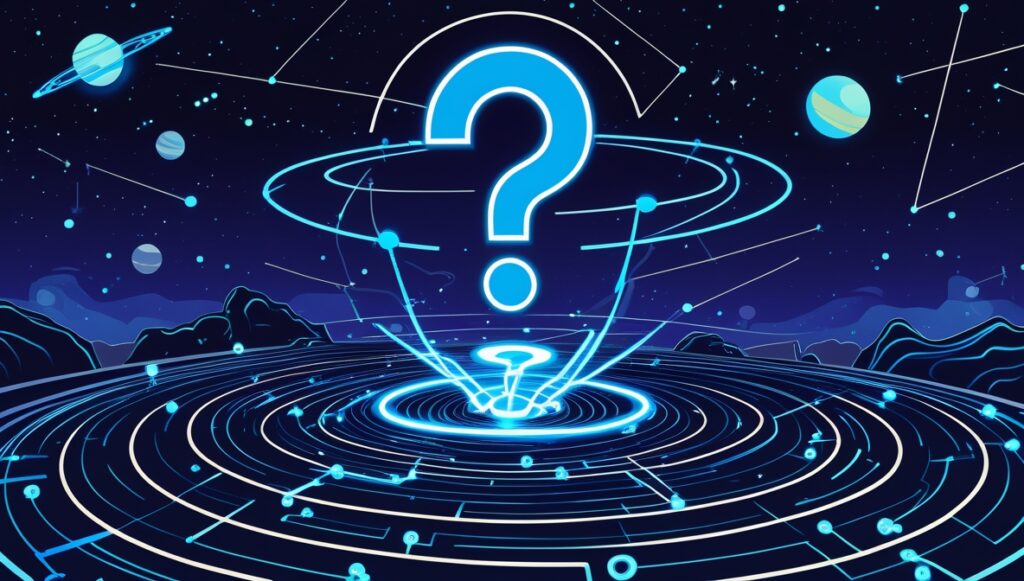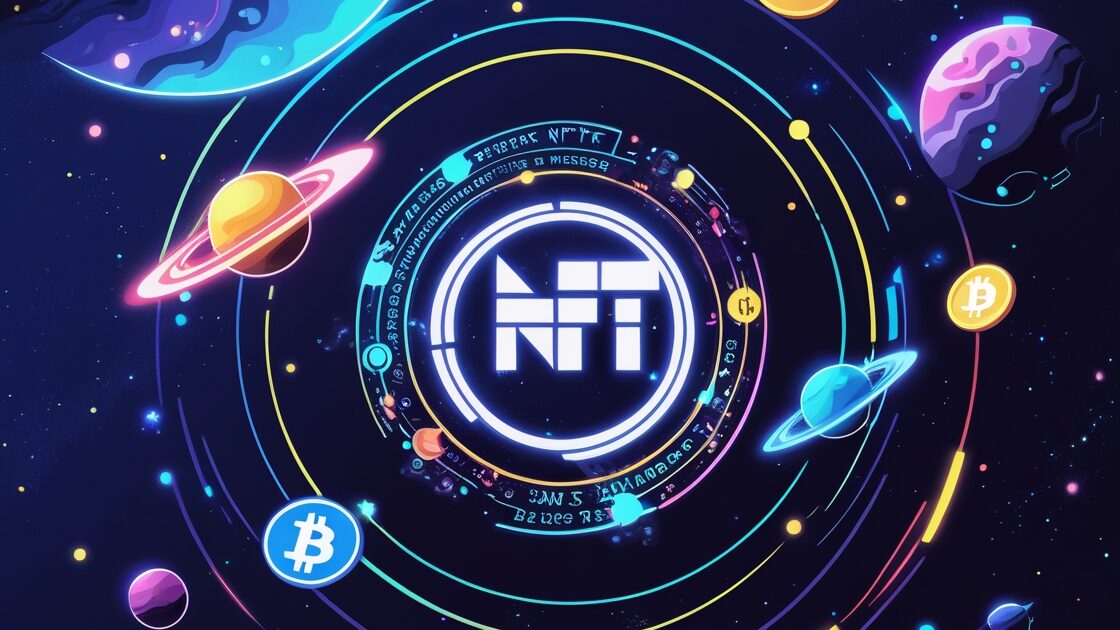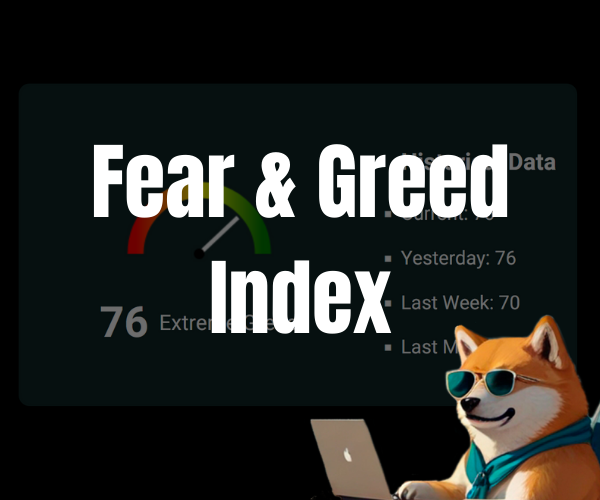Table of Contents
Imagine owning a piece of the internet—a song, a meme, or even a virtual sneaker—that’s undeniably yours, verified by code and recognized worldwide. This isn’t science fiction; it’s the reality of NFTs. While headlines about million-dollar monkey avatars and pixel art dominate the news, the true revolution lies in how NFTs are redefining ownership in a digital-first era.
For decades, digital content could be copied endlessly, leaving creators struggling to monetize their work and users unable to truly “own” anything online. Enter NFTs: a blockchain-powered solution that turns intangible files into unique, tradable assets. But beyond the hype and controversies, what do NFTs actually do? And why are industries from gaming to fashion racing to adopt them?
In this guide, we’ll demystify NFTs—no jargon, no speculation. You’ll discover:
- How a cat GIF became a $600,000 asset;
- Why Taylor Swift fans are using NFTs to unlock concert perks;
- The hidden ways NFTs could impact your daily life, from ticketing to resumes.
Whether you’re skeptical, curious, or ready to mint your first creation, let’s explore the technology that’s turning the digital world upside down—one token at a time.
NFTs Explained
NFT stands for Non-Fungible Token.
- Non-Fungible: Unlike money or Bitcoin, which are interchangeable (1 BTC = 1 BTC), NFTs are unique and irreplaceable. Think of them as digital certificates of ownership for one-of-a-kind items.
- Token: A unit of data stored on a blockchain (usually Ethereum, Solana, or Polygon) that proves authenticity and ownership.
In short, an NFT turns digital files—art, music, videos, even tweets—into verifiable, tradable assets.
How do NFTs work?

- Blockchain Backbone: NFTs exist on decentralized ledgers like Ethereum. Each NFT has a unique ID and metadata (e.g., creator, creation date) that can’t be altered.
- Smart Contracts: These self-executing agreements automate ownership transfers and royalties. For example, an artist can earn 10% every time their NFT is resold.
- Minting: Turning a digital file into an NFT by uploading it to a marketplace (OpenSea, Rarible) and paying a blockchain “gas fee.”
Key Point: Owning an NFT doesn’t mean you own the copyright. It’s like buying a signed print—you own that specific copy, not the original work.
Why Do NFTs Matter?

Digital Ownership Revolution
Before NFTs, digital files were easily copied. NFTs solve this by creating scarcity and proof of authenticity. For example:
- Artists can sell limited-edition digital art directly to fans.
- Gamers truly own in-game items (e.g., Fortnite skins) and can resell them.
2. New Revenue Streams
- Creators: Musicians (Grimes), writers (Quentin Tarantino), and even athletes (NBA Top Shot) monetize their work through NFTs.
- Fans: Support creators while potentially profiting from resales.
3. Beyond Art: Real-World Uses
- Virtual Real Estate: Buy/sell land in metaverses like Decentraland.
- Memberships: NFT-based access to exclusive communities (Bored Ape Yacht Club).
- Identity: NFTs can represent credentials (diplomas, event tickets) that can’t be faked.
Controversies and Challenges
1. Environmental Concerns
Early NFTs on Ethereum used energy-intensive “proof-of-work” systems. However, Ethereum’s 2022 shift to “proof-of-stake” reduced its energy use by ~99%.
2. Speculation and Scams
- Pump-and-Dump Schemes: Fraudsters hype low-value NFTs, then cash out.
- Plagiarism: Stolen art often gets minted illegally.
3. Market Volatility
NFT prices can swing wildly. In 2022, the NFT market lost ~90% of its value post-hype but rebounded in 2023 with utility-focused projects.
How to Buy or Create an NFT

- Get a Crypto Wallet: MetaMask or Phantom (for Solana).
- Buy Cryptocurrency: ETH, SOL, or MATIC, depending on the blockchain.
- Choose a Marketplace:
- OpenSea: Largest marketplace (Ethereum, Polygon).
- Magic Eden: Solana’s top NFT hub.
- Mint or Bid: Follow platform instructions to create or purchase.
Pro Tip: Research projects thoroughly. Check the team, community, and roadmap before investing.
The Future of NFTs
- Gaming: Play-to-earn games (Axie Infinity) let players earn NFTs as rewards.
- Metaverse Integration: NFTs will likely power avatars, clothing, and experiences in virtual worlds.
- Enterprise Adoption: Brands like Nike (with .Swoosh) and Starbucks (Odyssey rewards) are building NFT loyalty programs.
Conclusion: More Than a Trend
NFTs are more than speculative JPEGs. They’re a tool for redefining ownership in the digital age—empowering creators, enabling new economies, and challenging how we value intangible assets. While risks exist (scams, volatility), the technology’s potential in art, gaming, and beyond is undeniable.
As with any investment, education is key. Whether you’re an artist, collector, or curious observer, the NFT space is worth watching—and participating in—responsibly.
Sources used to write the article:
Binance
Wikipedia



